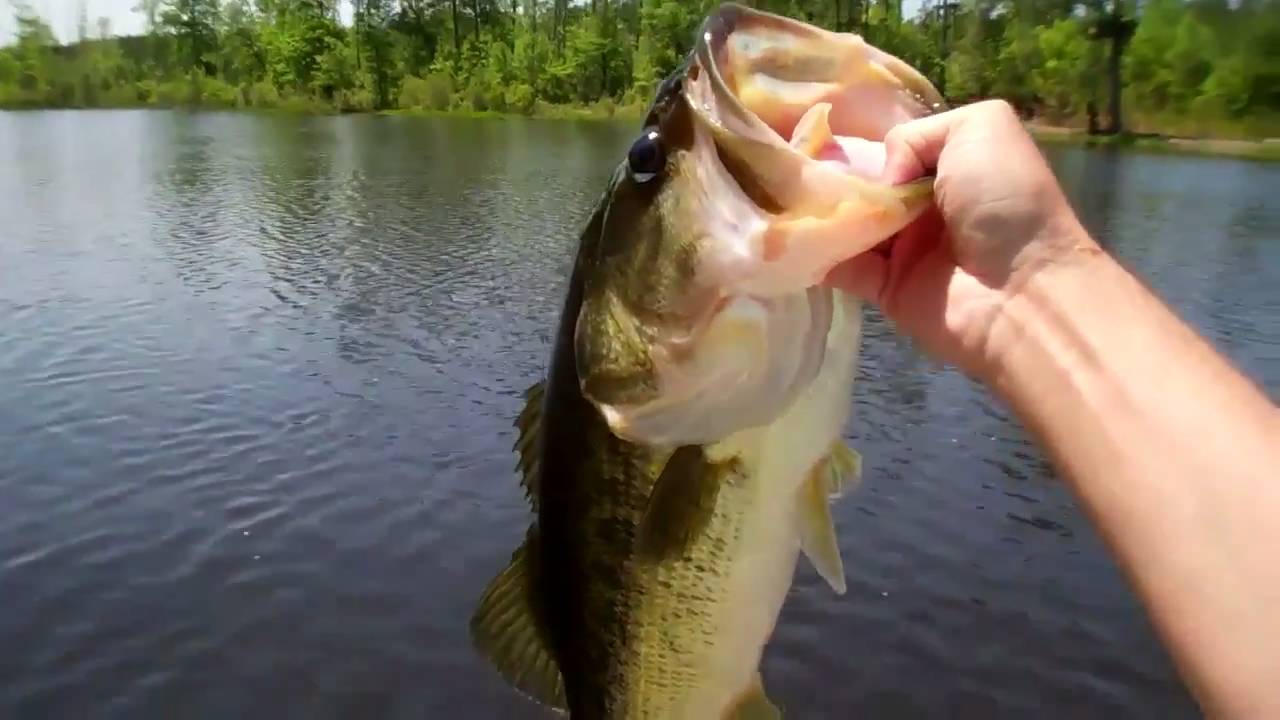State issues fish advisories, cites mercury levels in local fish
Published 1:39 am Thursday, May 31, 2018

- Largemouth bass are among those fish that ADPH has issued consumption warnings for in local waters.
New fish advisories issued this week by the Alabama Department of Public Health (ADPH) warn against over consumption of fish caught in some local waters.
The newly issued advisories represent the safe number of meals of that species of fish that can be eaten in a given period of time, such as meals per week, meals per month or do not eat any. A meal portion consists of 6 ounces of cooked fish or 8 ounces of raw fish.
The guidelines include the following warnings for Covington County and the surrounding area:
- Frank Jackson Reservoir, dam forebay, largemouth bass, do not eat any (mercury);
- Gantt Reservoir, lake wide sample, largemouth bass, two meals per month (mercury);
- Lake Jackson – in Florala, largemouth bass, do not eat any (mercury);
- Patsaliga Creek embayment, largemouth bass, two meals per month (mercury).
- Point A Reservoir – lower reservoir, dam forebay, channel catfish, two meals per month (mercury);
- Point A Reservoir – lower reservoir, dam forebay, largemouth bass, do not eat any (mercury);
- Yellow River – at County Road 4 bridge, largemouth bass, do not eat any (mercury);
- Yellow River – at County Road 4 bridge, spotted bass, do not eat any (mercury);
- Yellow River – at County Road 4 bridge, spotted sucker, two meals per month (mercury);
Fish advisories for surrounding areas include:
- Blackwater River, between the County Road 4 bridge and the Alabama/Florida state line in Escambia County, largemouth bass, one meal per month (mercury);
- Blackwater River, between the County Road 4 bridge and the Alabama/Florida state line in Escambia County, spotted bass, one meal per month (mercury);
- Sepulga River – in the vicinity of Brooklyn, all species, do not eat any (mercury);
The ADPH updates fish consumption advisories each year based on data collected the preceding fall by the Alabama Department of Environmental Management.
Fish consumption advisories are issued for specific water bodies and specific species taken from those areas. In reservoirs, advisories apply to waters as far as a boat can be taken upstream in a tributary, that is, to full pool elevations.





